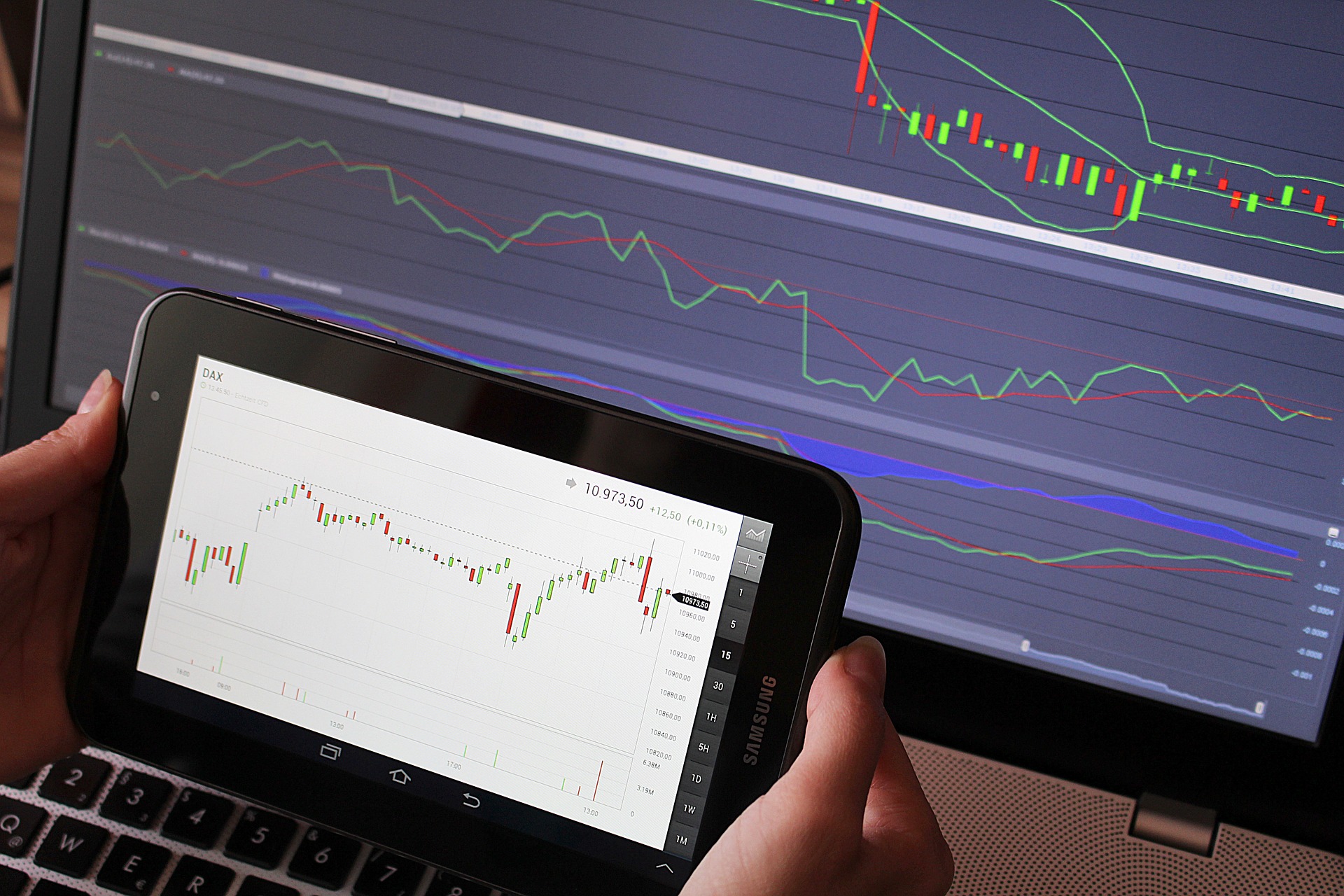ETFs or Exchange Traded Funds are a relatively new financial instrument and method of saving and investing. This article will provide some insight on how to select ETFs.
Since the debut of the first US fund, Standard & Poor’s Depositary Receipts (SPDRs), in 1993, ETFs (exchange-traded funds) have come a long way.
The growth of ETFs has taken them from being equity-index trackers to include a wide range of investment options, but they aren’t all created equal in terms of quality. The influx of ETFs has led to an increase in the danger that you will liquidate some owing to a lack of investor interest. What steps can you take to discover a lucrative ETF that will complement your portfolio?
Why were ETFs created?
ETFs were created because investors wanted a more straightforward way to invest in different types of assets that still provided liquidity and access to the market. ETFs, combine the diversification benefits of mutual funds with the trading flexibility of stocks.
The easiest way to get exposure to an asset class through ETFs is through an index fund that tracks the performance of a particular class, such as large-cap US equities or small-cap international equities. However, it is possible to create your own “basket” that follows an investment strategy that fits what you want in a fund for more customised exposure.
Steps in selecting ETFs
What exposure do you want?
The first step to selecting an ETF is determining what kind of exposure you want. For example, if you are looking for a domestic equity fund, it would make sense for you to select an ETF that tracks the S& P 500 or Dow Jones Industrial Average indices. On the other hand, if you wanted international equity exposure, then the MSCI EAFE Index would be more relevant. It is essential to keep in mind that US stocks dominate most large-cap indexes, so your performance could vary depending on how much of the index is made up of American companies. Winoh.pl
Risk preference
The second factor would be your risk preference and time horizon. Investors who have longer time horizons may not mind volatility as much as short-term investors because they have more time for their investments to rise. Investors nearing retirement may also want to consider the volatility of their ETFs because they don’t want to risk losing most of their savings in a dramatic downturn.
Underlying holdings
Once you have chosen an asset class and index, it is essential to look at the underlying holdings within the fund. It would make no sense for an individual to invest in an S& P 500 Index fund if it had financial stocks representing 25% or more of its total value. Determining how much each holding makes up the ETF can be done using tools provided by all major financial websites.
Choosing the right provider
The next step is choosing the right provider offering the desired product. Multiple factors could play here, such as expense ratios, minimum investment amounts, and trading fees.
Do your research
Finally, it makes sense to research the track record of each fund you are considering investing in. You should also see if anyone is complaining about the ETFs on online forums or review sites. The financial media can also be a good source for this information. After all, there exist people who complain about everything, so you need objective sources to ensure an informed decision.
Create your basket
The final step is simply putting together your “basket” and buying the ETFs that best suit your needs. It’s essential to regularly monitor your holdings through tools provided by different websites since many indices change regularly. Investors should rebalance their portfolio every once because holding too much of one asset can create an unbalanced portfolio. Conbambu.com
Bottom line
After doing your research, choosing ETFs should be a relatively simple process if you take these steps. Follow the steps to ensure you get the correct exposure to an investment class and your risk tolerance. Finally, choose what provider offers the best combination of low fees and customer support if that is important to you.


Comments are closed